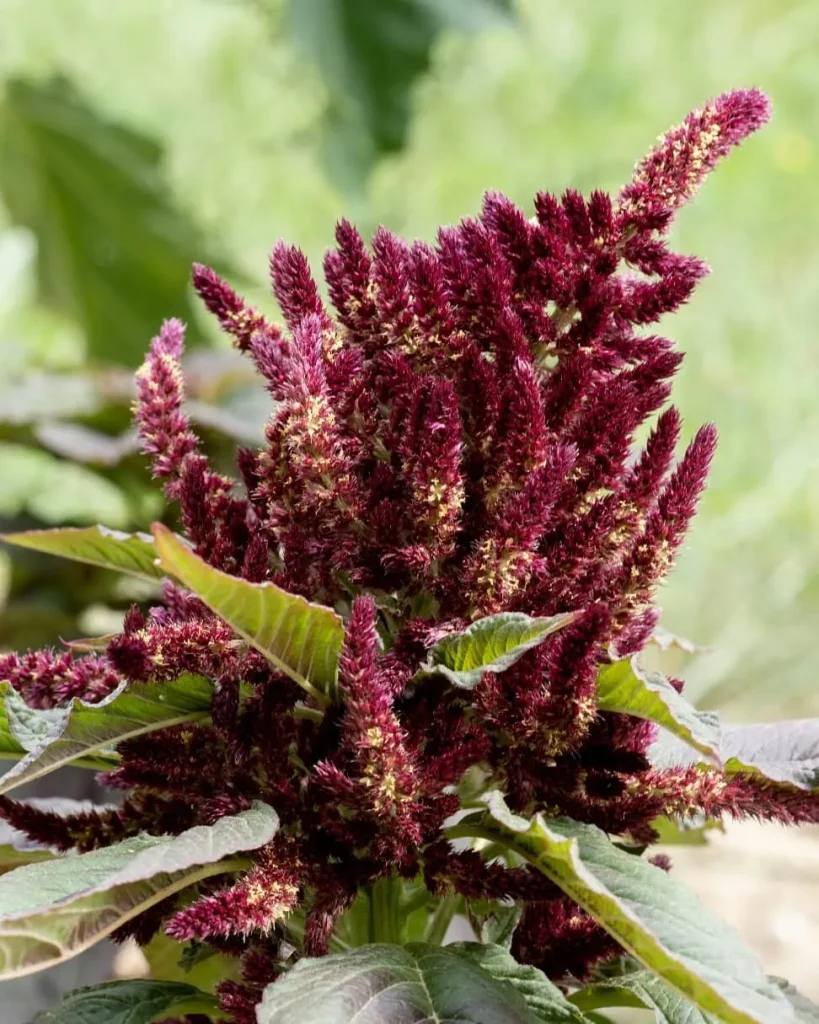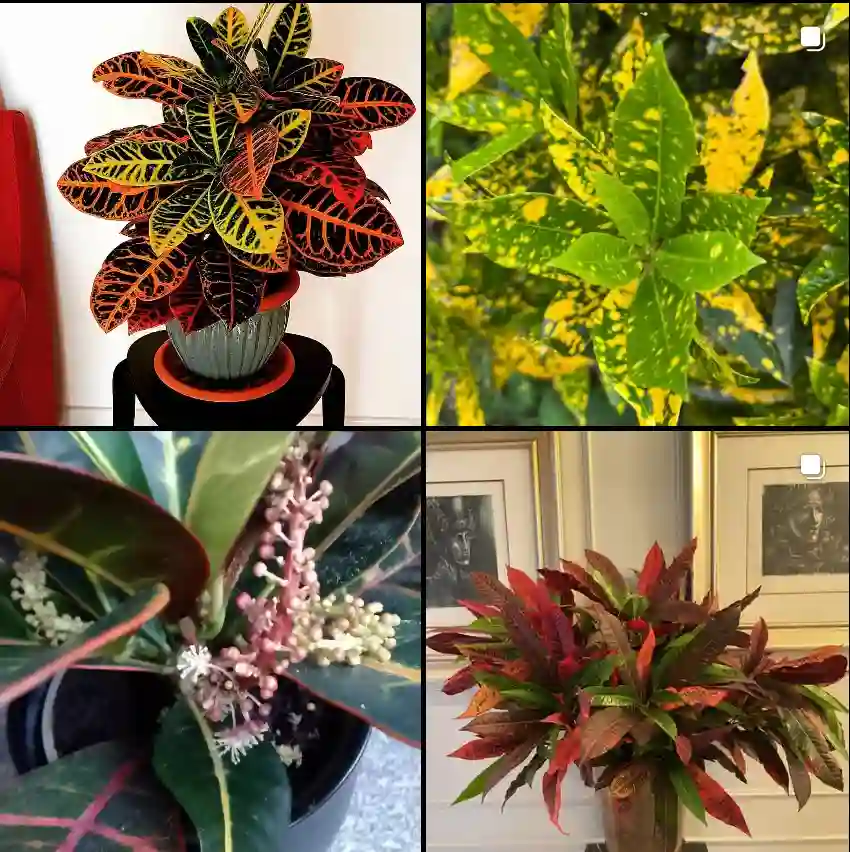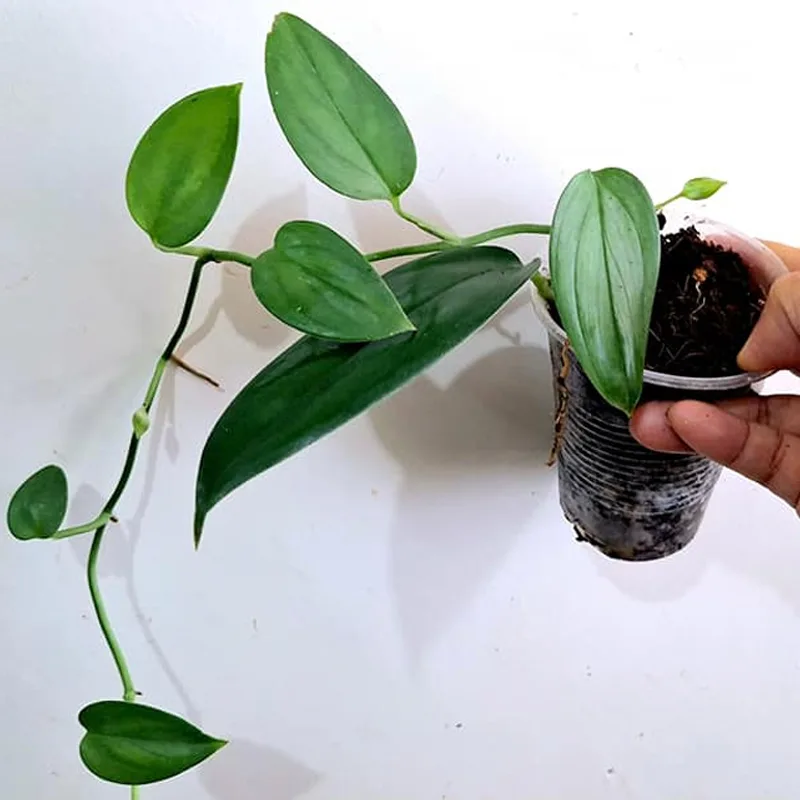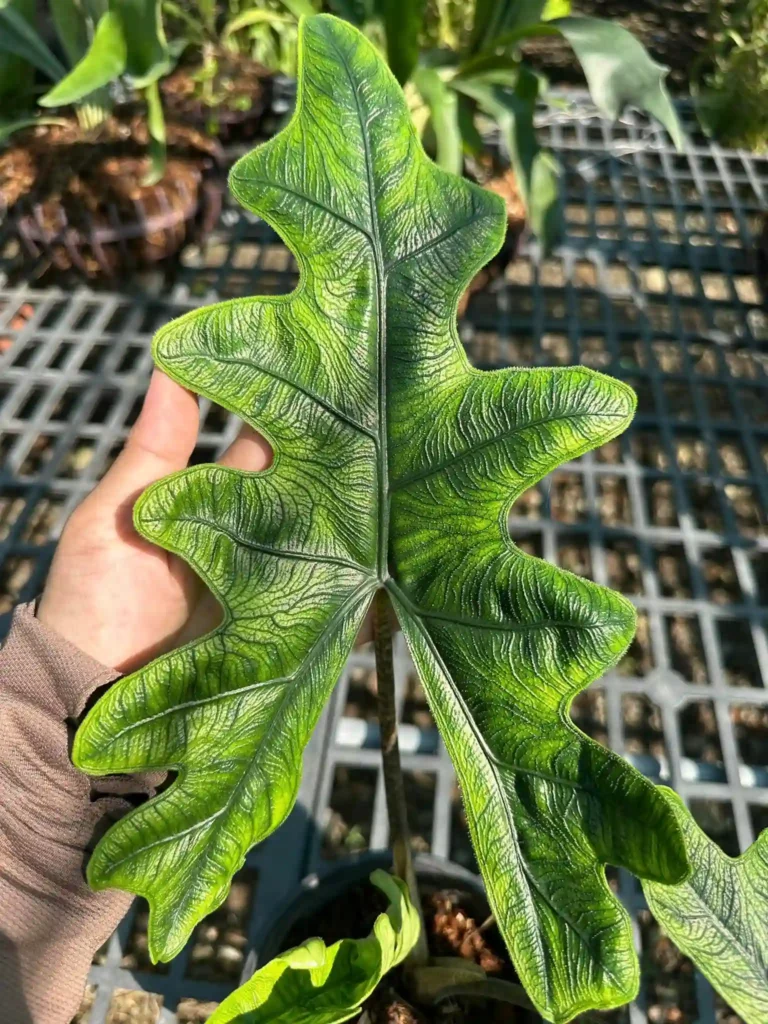Hibiscus Grandiflorus: A Southern Beauty with Minimal Fuss
Hi, Ferb Vu here. I’m a plant enthusiast with a soft spot for native species. Today, we’re diving into the world of Hibiscus grandiflorus, also known as the Swamp Rosemallow. This stunning perennial is a showstopper in the South, offering vibrant blooms and effortless beauty.
439 Species in Genus Hibiscus
What is Hibiscus grandiflorus?
Picture this: tall, stately stalks adorned with enormous, rosy-pink flowers. That’s the essence of Hibiscus grandiflorus. Native to the southeastern United States, it thrives in wet areas like swamps, marshes, and even brackish water edges.
This herbaceous perennial reaches heights of 10 to 15 feet, making a bold statement in your garden. The large, glossy leaves provide a lush backdrop for the star of the show – the magnificent blooms. Each flower can unfurl to a diameter of 6 to 8 inches, boasting a delicate crepe-like texture and a single day lifespan. But fret not, the plant produces a continuous stream of blooms throughout the late spring to fall season, ensuring your garden stays colorful.
How to grow Hibiscus grandiflorus?
One of the biggest draws of Hibiscus grandiflorus is its low-maintenance nature. Here’s what you need to know:
- Sun: Full sun is ideal for optimal flowering, but it can tolerate some afternoon shade in hotter climates.
- Soil: This adaptable plant thrives in moist, well-draining soil. Amending your soil with organic matter can further enhance its happiness.
- Watering: Mimic its natural habitat by keeping the soil consistently moist. Regular watering, especially during dry spells, is key.
- Fertilizer: While not strictly necessary, a light application of balanced fertilizer during the growing season can encourage even more blooms.
- Pruning: Prune spent flowers throughout the blooming period to promote new growth. In late winter, cut back the dead stalks to ground level for a clean slate in spring.
- Pests and Diseases: Thankfully, Hibiscus grandiflorus isn’t prone to major pest or disease problems. Keep an eye out for common garden pests like aphids or whiteflies, but these can usually be controlled with organic methods like insecticidal soap spray.
How to propagate Hibiscus grandiflorus?
Want to spread the love? Here are two ways to propagate your Hibiscus grandiflorus:
- Seed: Seeds require scarification (nicking the seed coat) to break dormancy. Sow them in moist, warm soil in spring for germination. Patience is a virtue, as it can take several weeks for seedlings to emerge.
- Division: This method is best suited for mature plants. In early spring, carefully dig up the clump and divide it into sections, ensuring each division has healthy roots and shoots. Replant them in separate locations with proper care.
Hibiscus grandiflorus vs. Hibiscus syriacus
Both Hibiscus grandiflorus and Hibiscus syriacus (Rose of Sharon) are beautiful flowering shrubs, but there are key differences:
- Origin: Hibiscus grandiflorus is native to the Southeast U.S., while Hibiscus syriacus hails from Asia.
- Habitat: Hibiscus grandiflorus prefers wet areas, while Hibiscus syriacus thrives in well-drained soil.
- Bloom Time: Hibiscus grandiflorus blooms throughout late spring to fall, while Hibiscus syriacus has a shorter bloom period in mid to late summer.
- Winter Dormancy: Hibiscus grandiflorus dies back in winter, while Hibiscus syriacus remains woody above ground.
Ultimately, the choice depends on your garden conditions and desired aesthetic.
Beyond Beauty: The Ecological Benefits of Hibiscus grandiflorus
This Southern charmer isn’t just a pretty face. It plays an important role in the ecosystem:
- Pollinator Magnet: The large, showy flowers attract butterflies, hummingbirds, and bees, supporting these vital pollinators.
- Wetland Ally: Hibiscus grandiflorus helps stabilize shorelines and prevent soil erosion in wetlands.
- Wildlife Food Source: The leaves and flowers can provide sustenance for some butterflies and caterpillars.
Bringing the Beauty of Hibiscus grandiflorus to Your Garden
With its minimal maintenance requirements, stunning blooms, and ecological benefits, Hibiscus grandiflorus is a fantastic addition to your Southern garden. So, if you’re looking for a plant that offers big beauty with minimal fuss, consider this native gem.
If i die, water my plants!



